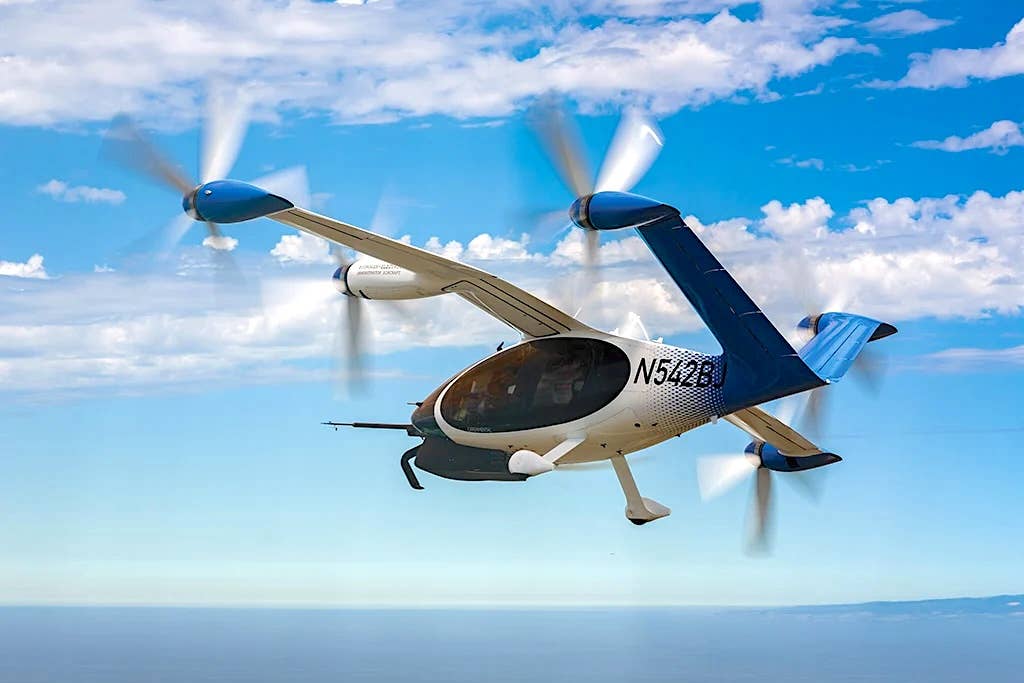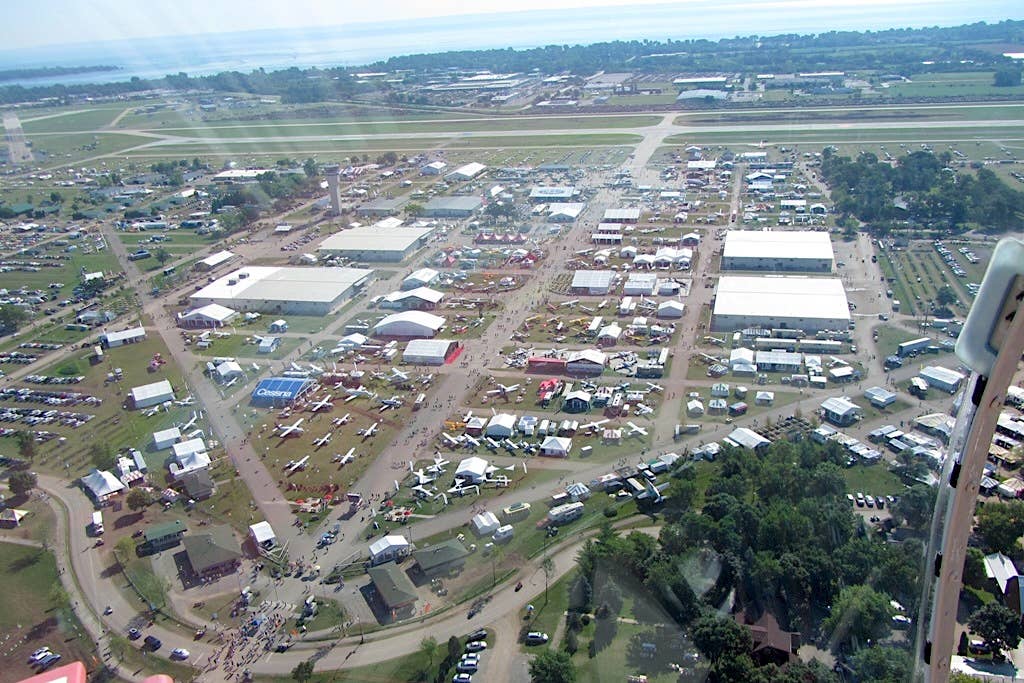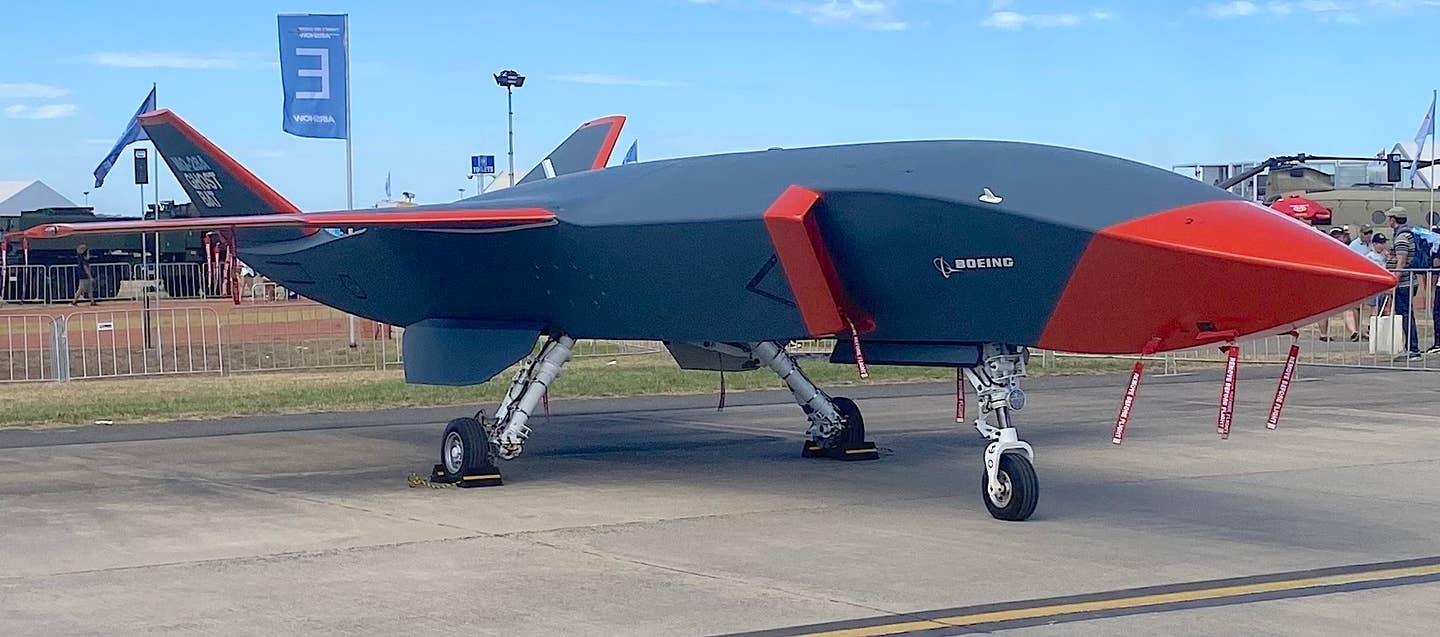Joby Stretches The Legs Of Its Hydrogen-Electric Variant To 523 Miles
Joby announced earlier this week it has successfully completed a 523-statute-mile (454 nm) flight of its hydrogen-electric concept aircraft. The remotely-piloted flight occurred on June 24 over Marina, California, and…

Joby subsidiary H2FLY designed and built the liquid-hydrogen tank and fuel cell heat exchanger, visible here beneath the front of the passenger cabin. (Image: Joby)
Joby announced earlier this week it has successfully completed a 523-statute-mile (454 nm) flight of its hydrogen-electric concept aircraft. The remotely-piloted flight occurred on June 24 over Marina, California, and included vertical takeoff and landing capability.
The hydrogen-electric variant of Joby’s electric vertical takeoff and landing (eVTOL) aircraft is designed as a complement to the fully electric version, which has much shorter range and is envisioned as an urban transport. But having the option within the same fleet of a longer-range aircraft with a large element of parts and systems commonality offers advantages for Joby’s planned commercial operations.
Joby founder and CEO JoeBen Bevirt said, “Imagine being able to fly from San Francisco to San Diego, Boston to Baltimore, or Nashville to New Orleans without the need to go to an airport and with no emissions except water. That world is closer than ever, and the progress we’ve made toward certifying the battery-electric version of our aircraft gives us a great head start as we look ahead to making hydrogen-electric flight a reality.”
Joby described the test aircraft that made the flight as “a pre-production prototype battery-electric aircraft fitted with a liquid hydrogen fuel tank and fuel cell system.” The tank holds up to 40 kilograms (88 pounds) of liquid hydrogen. It feeds a fuel cell system designed and built by Joby subsidiary H2FLY and produces electricity, water and heat. The electricity powers the six electric motors and charges the reduced-capacity batteries that are also used for additional power during takeoff and landing. After last month’s flight, the aircraft landed with 10% of its hydrogen fuel remaining, according to Joby.
Joby expects to begin commercial operations of its all-electric aircraft in 2025, with plans to integrate the longer-range hydrogen-electric variants into its network later. Bevirt said, “The vast majority of the design, testing, and certification work we’ve completed on our battery-electric aircraft carries over to commercializing hydrogen-electric flight. In service, we also expect to be able to use the same landing pads, the same operations team, and Joby’s ElevateOS software that will support the commercial operation of our battery-electric aircraft.”






